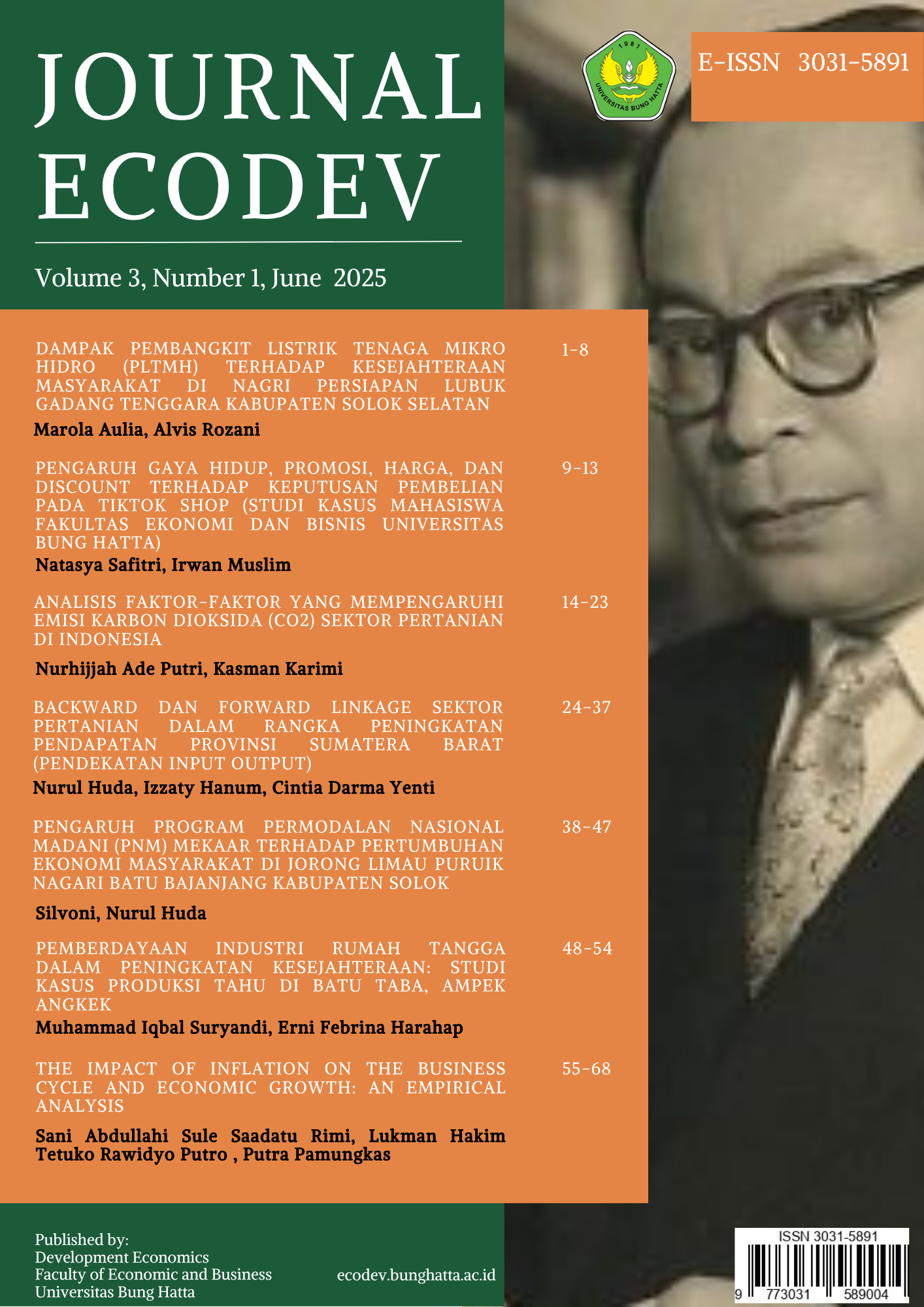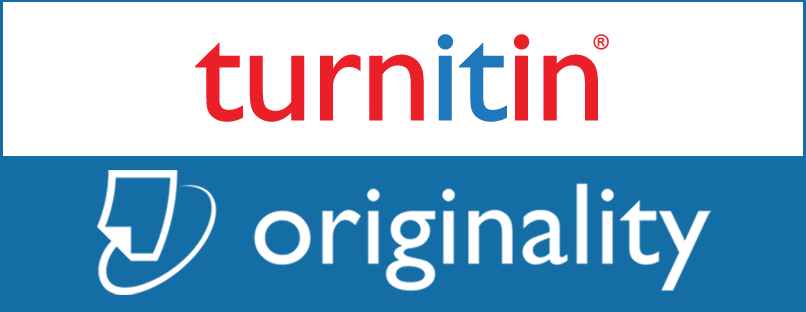THE IMPACT OF INFLATION ON THE BUSINESS CYCLE AND ECONOMIC GROWTH: AN EMPIRICAL ANALYSIS
Keywords:
Inflation, business cycle, economic growth, monetary polic, , Phillips curveAbstract
This paper investigates the complex relationship between inflation, business cycles, and economic growth, focusing on both theoretical and empirical perspectives. The primary aim is to understand how inflation impacts key economic variables such as investment, consumption, employment, and productivity and to identify effective policy responses. Specifically, the study’s objectives are to examine the mechanisms through which inflation affects the business cycle, quantify its impact on long-term economic growth, and evaluate policy strategies for managing
inflation’s adverse effects. Methodologically, we employ panel data analysis using econometric models across a sample of countries from 1990 to 2021. This approach allows for cross-country comparisons and controls for country-specific factors, providing robust estimates of inflation’s impact on GDP growth, unemployment, and investment. The findings indicate a statistically significant negative relationship between high inflation and GDP growth, especially when inflation rates exceed 10%. Additionally, inflation is shown to reduce investment levels and increase unemployment, aligning with Phillips curve implications in the short term and supporting inflation neutrality in the long run as expectations adjust. Theoretically, this study contributes to existing literature by confirming the threshold effect of inflation on growth, where moderate inflation may coexist with growth but high inflation disrupts economic stability. Methodologically, the use of panel regression models highlights the efficacy of country level fixed effects in capturing inflation’s diverse impacts across different economic contexts. Practically, the research underscores the importance of inflation-targeting frameworks, counter cyclical fiscal policies, and structural reforms to enhance resilience and support sustained economic growth. These insights offer valuable guidance for policymakers seeking to balance inflation control with economic stability.
References
Akerlof, G. A., Dickens, W. T., & Perry, G. L. (1996). The Macroeconomics of Low Inflation. Brookings Papers on Economic Activity, 1996(1), 1-76.
Andrés, J., & Hernando, I. (2020). Does inflation harm economic growth? Evidence from the OECD. Journal of Economic Dynamics and Control, 50, 41-69.
Barro, R. J. (1995). Inflation and Economic Growth. Bank of England Quarterly Bulletin, 35(2), 166-176.
Bernanke, B. S., Laubach, T., Mishkin, F. S., & Posen, A. S. (1999). Inflation Targeting: Lessons from the International Experience. Princeton University Press.
Bernanke, B. S. (2007). The Financial Accelerator and the Credit Channel. Federal Reserve Speech, 1-10.
Bernanke, B. S., & Gertler, M. (1995). Inside the Black Box: The Credit Channel of Monetary Policy Transmission. Journal of Economic Perspectives, 9(4), 27-48.
Blanchard, O. (2016). The US Phillips Curve: Back to the 1960s?. Peterson Institute for International Economics
Blanchard, O. (2019). Macroeconomics (7th ed.). Pearson.
Cukierman, A., Webb, S. B., & Neyapti, B. (1992). Measuring the independence of central banks and its effect on policy outcomes. The World Bank Economic Review, 6(3), 353-398.
Eggertsson, G. B., & Woodford, M. (2003). The Zero Bound on Interest Rates and Optimal Monetary Policy. Brookings Papers on Economic Activity, 2003(1), 139-211.
Friedman, M. (1968). The Role of Monetary Policy. American Economic Review, 58(1), 1-17.
Fischer, S. (1993). The Role of Macroeconomic Factors in Growth. Journal of Monetary Economics, 32(3), 485-512.
Fischer, S. (1993). The Role of Macroeconomic Factors in Growth. Journal of Monetary Economics, 32(3), 485-512.
Gali, J. (2020). The Role of Expectations in Monetary Policy. Journal of Economic Perspectives, 34(2), 24-46.
Kremer, S., Bick, A., & Nautz, D. (2013). Inflation and growth: New evidence from a dynamic panel threshold analysis. Empirical Economics, 44(2), 861-878.
López-Villavicencio, A., & Mignon, V. (2011). On the impact of inflation on output growth: Does the level of inflation matter? Journal of Macroeconomics, 33(3), 455-464.
Mankiw, N. G. (2019). Principles of Economics (8th ed.). Cengage Learning.
Mishkin, F. S. (2007). The Economics of Money, Banking, and Financial Markets (8th ed.). Pearson.
Phillips, A. W. (1958). The Relation Between Unemployment and the Rate of Change of Money Wage Rates in the United Kingdom, 1861–1957. Economica, 25(100), 283-299.
Rey, H. (2015). Dilemma not trilemma: The global financial cycle and monetary policy independence. NBER Working Paper, No. 21162.
Taylor, J. B. (1993). Discretion versus Policy Rules in Practice. Carnegie-Rochester Conference Series on Public Policy, 39, 195-214.
Woodford, M. (2003). Interest and Prices: Foundations of a Theory of Monetary Policy. Princeton University Press.
Downloads
Published
Issue
Section
License
Copyright (c) 2025 Journal of Economic Development

This work is licensed under a Creative Commons Attribution-ShareAlike 4.0 International License.








